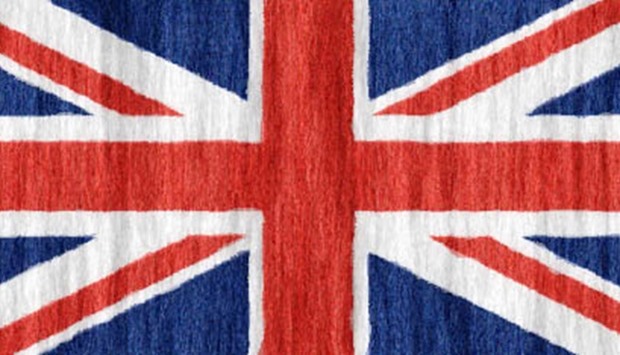The early returns on Brexit are in, and contrary to what some have been claiming, they’re not good. In July, following the referendum, consumer confidence collapsed at its most rapid rate since 1990. Surveys of manufacturing and construction dropped precipitously. While August’s data were better, it is too soon to say whether the improvement was just a “dead cat bounce.”
In this topsy-turvy post-referendum world, the one piece of good news is sterling’s fall on the foreign exchange market. A lower exchange rate will make British exports more competitive. Faced with higher import prices, consumers will shift their spending toward domestic goods. This, too, will give a boost to the British economy.
The question is how big a boost. Sceptics caution that Britain relies heavily on exports of financial services, which are not especially price-sensitive, and that the scope for growth of merchandise exports is limited by the subdued global demand.
Britain has been here before, so this is a question on which history can shed light. In 1931, when the UK abandoned the gold standard, sterling plummeted by 30%. Like now, the country relied heavily on exports of services – not just banking services but also shipping and insurance. And the external environment was even more unfavourable than it is now.
Yet, despite these headwinds, the merchandise trade deficit fell by a quarter between 1931 and 1932. By 1933, the services balance was strengthening as well. At this point, the economy was on the road to recovery.
Three circumstances made this possible. First, excess capacity enabled companies to ramp up production. Second, Britain was able quickly to put in place a set of favourable trade deals, negotiated with Commonwealth countries at the Ottawa Conference in 1932. Third, political uncertainty fell sharply, as the Labour government, widely blamed for the 1931 crisis, was replaced by a Conservative-dominated cabinet with broad popular support.
Clearly, none of these conditions is present today. Excess capacity in traded-goods sectors is low. In today’s more complicated legal environment, it will take years to negotiate trade deals with the EU and then other partners. Political uncertainty is high, and there is no prospect of a general election to resolve it anytime soon. Investors have every reason to adopt a wait-and-see attitude.
In 1949, Britain found itself in the same position, with a trade deficit vis-à-vis the United States and weak investor confidence. In September of that year, sterling was again devalued, as it had been 18 years before, by 30%.
Because pressure for higher wages was subdued, British exports became more competitive. The trade deficit with the dollar area, made up of the US and other countries that used its currency to settle international payments, contracted sharply. The current account of the balance of payments swung from deficit in 1949 to surplus in 1950, and GDP rose strongly.
Again, three things made this possible. First, there was robust demand in the US, which was recovering from its 1948-1949 recession. Second, the outbreak of the Korean War in 1950 created demand for exports of all kinds. Third, with the creation of the European Payments Union, the UK and its European partners agreed to dismantle controls on trade with one another.
Here, too, the current situation could not be more different. US growth is far from robust, and EU countries have made clear that they are in no hurry to negotiate a trade deal with the UK.
A third precedent is the 1967 devaluation of sterling, again after an interval of 18 years. The balance-of-payments crisis of 1966-7 reflected the tendency of British wages to grow faster than productivity, the consequent trade deficits, and foreign investors’ reluctance to finance a position they saw as unsustainable. This time, however, it took two years for the external accounts to improve. With unemployment already low, that much time was needed to reallocate resources from nontraded- to traded-goods sectors.
In the interim, foreign investors remained reluctant to finance Britain’s deficits. Seeing the difficulty of the adjustment, they worried that sterling would collapse. The UK, unable to attract short-term capital inflows, was forced to borrow from the International Monetary Fund.
This history suggests that exchange rates matter for competitiveness, and that sterling’s depreciation should help by enhancing the competitiveness of British exports. But policymakers shouldn’t expect too much. The external environment is unfavourable. It will take time to reallocate resources toward the production of traded goods. And a new set of trade deals will not be concluded overnight.
Meanwhile, British leaders must resolve the lingering political and policy uncertainty. They must use not just monetary policy, but also fiscal tools, to support spending and strengthen the incentive to invest.
Until now, they have shown little awareness of the urgency. - Project Syndicate
* Barry Eichengreen is a professor at the University of California, Berkeley, and the University of Cambridge. His latest book is Hall of Mirrors: The Great Depression, the Great Recession, and the Uses – and Misuses – of History.

flag
